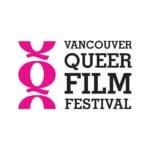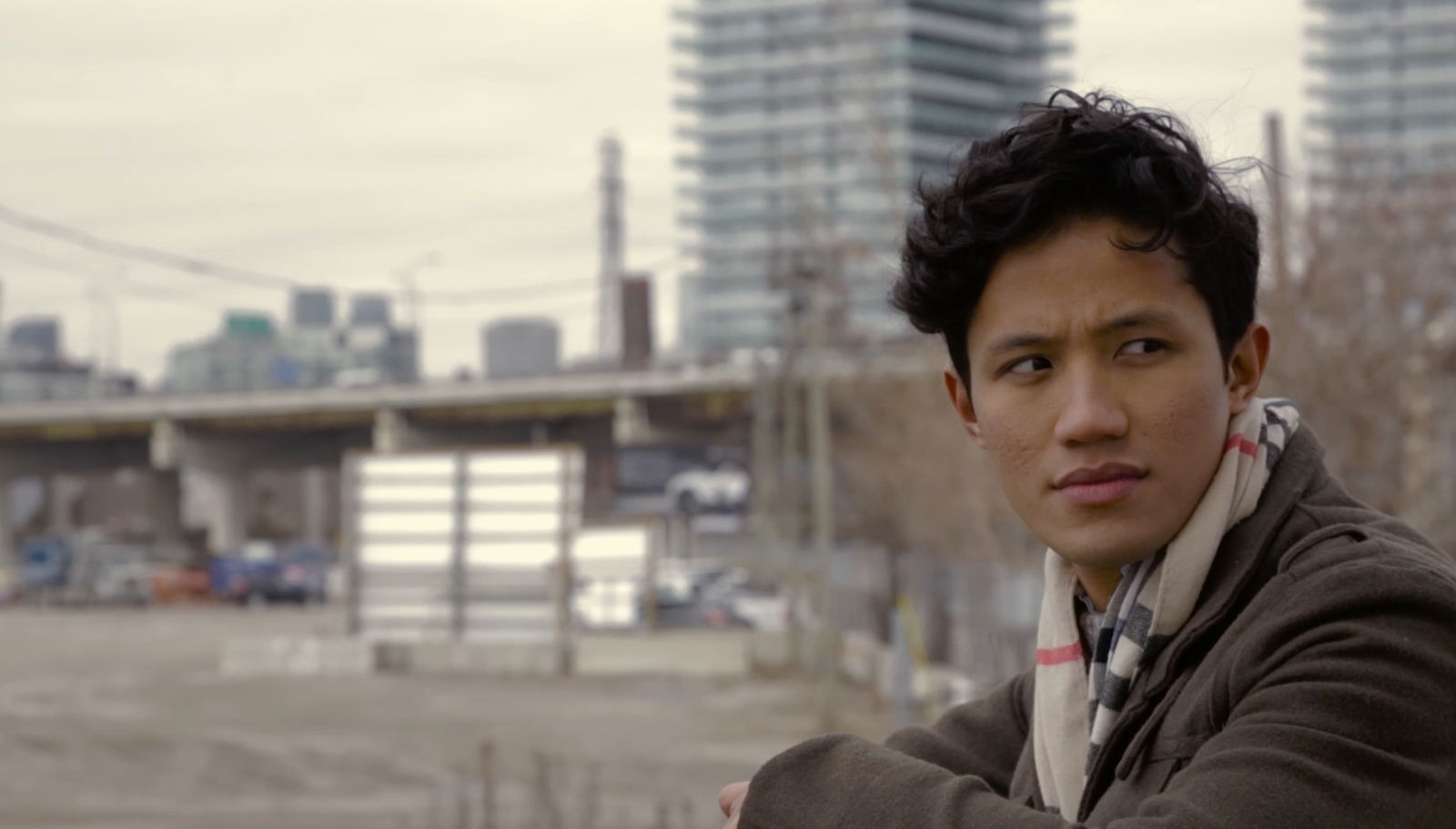This content was created by Xtra’s branded content team alongside the Vancouver Queer Film Festival, separate from Xtra’s editorial staff.
Turning on a TV to find content for or by queer people of colour isn’t a common occurrence. The television and movie industries are both dominated by white, cisgender, straight folks both in front and behind the camera. When queer people of colour are portrayed on screen, they become tropes that are seemingly more palatable for mainstream audiences. This lack of authentic and accurate representation is common all over the world, with casting announcements often causing uproar decrying white-washing and queer-erasure.
“It’s extremely important that those of us who have the embodied experiences that are being portrayed on screen are the ones who are actually making those films and telling those stories,” says Anoushka Ratnarajah, one of two artistic directors for this year’s Vancouver Queer Film Festival. “Because we know best what those experiences are like and so can tell a more truthful, a more nuanced, and more authentic representation of what our lives are like.”
Now in its 29th year, the Vancouver Queer Film Festival has been committed to reflecting a variety of queer lives on screen since its inception. This year’s focus on The Experiential Lens: Filmmakers of Colour Spotlight, is no exception. Some of the films featured in the spotlight include a free outdoor screening of the 1999 cult classic Chutney Popcorn (which first screened at the festival in 2000), that follows the story of a South Asian lesbian in New York who offers to be her sister’s surrogate; Doris Yeung’s cross-cultural film Taxi Stories, which analyzes class through the narratives of a Beijing taxi driver, a trophy wife in Hong Kong and a child pedicab driver in Jakarta; and Rama Luksiarto’s Crossing Bridges.
“We knew that we wanted to emphasize representation, and emphasize an ethical filmmaking practice, and really look at who was creating the stories that we were seeing on screen,” Ratnarajah says. “Every part of our curatorial process was guided by that ethos. We both felt the frustration and the pain of being misrepresented or being tokenized or being stereotyped and we continue to see all that.”
Luksiarto’s film started off as a thesis project for his masters of art in media production. The film explores what it means to be a queer immigrant in Canada, as well as Luksiarto’s internalized homophobia as a gay Indonesian man.
“There is a lot racial tension and with the growth of populism in the West, having ethnic queer voices is really important,” Luksiarto explains. “With Trump happening in the West, it kind of ignites people of colour to stand up and tell their stories. As I was making my film, I realized that [racism] is never going to go away so the more people create vehicles to understand the problems with race identities and sexualities, it will make things better.”
In the film, Luksiarto interviews his Muslim father and Catholic mother about his journey, leading to conversations that many queer people of colour might find familiar.
“On my dad’s side, we never talk about me being gay. In a way, creating an autobiographical documentary forces me to come face-to-face with the discomfort and insecurities about me being gay,” Luksiarto says. “It ended up being very cathartic and a learning moment for me and my parents because we get to revisit a lot of moments in my life where it was tough for them to accept me for being gay.”
While representation of queer people and people of colour have respectively made advancements, queer people of colour rarely see their lived experiences reflected on screen, Ratnarajah says.
“Queer people of colour are not a monolith; we each have intersecting and complicated identities, so if we won’t see stories that reflect our experiences or represent our histories and our current lives then it won’t resonate with us,” Ratnarajah says.
“We know what it is to navigate queer spaces as a person of colour and those stories need to come from the inside. They need to come from places and people who really have an understanding of the depth of all of the intersections that we embody.”
Ratnarajah says that having queer folks of colour behind the scenes directly increases accurate and complex representations because it interrupts the process of storytelling by “white people, by whiteness, by white institutions.”
Vancouver Queer Film Festival
Aug 10–20, 2017
queerfilmfestival.ca


 Why you can trust Xtra
Why you can trust Xtra